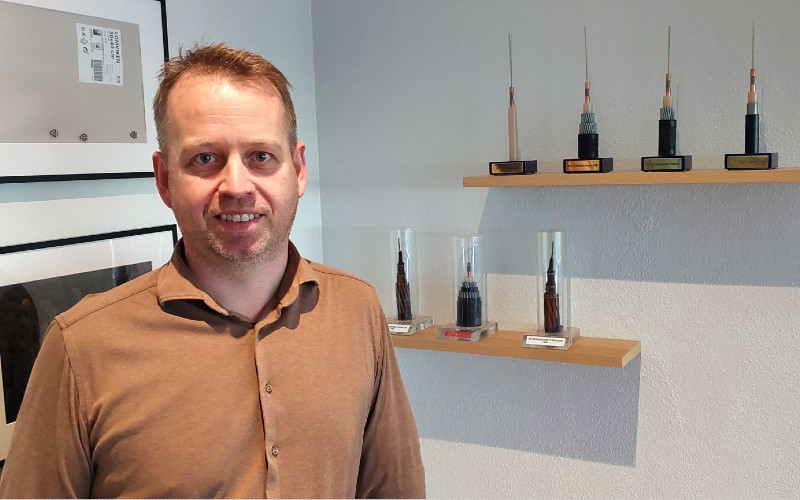The climate crisis has sent companies and governments alike scrambling to lower carbon emissions.
Those looking to achieve Net Zero targets through carbon offsetting may find this an increasingly difficult challenge, especially as the demand for processing power increases through new technologies such as artificial intelligence.
Could the answer lie in the North Atlantic Ocean?
Paris-headquartered financial services giant BNP Paribas is one company which has moved its high-performance computing to data centres in Iceland, where cold temperatures reduce the need for power to cool servers and, crucially, the electricity network is powered from 100% renewable sources. It says this has lowered both costs and CO2 massively.
“We’re all in this together: it’s one planet,” Farice CEO Thorvardur Sveinsson tells BusinessCloud on a tour of the country. “When you think about data centres, and how we want to process data, it’s very rewarding to be able to transport the data to the locations where it’s most economical, and has minimum impact on the environment.
“But the key for that is clearly good connectivity.”
Sveinsson’s company has laid three subsea cables connecting Iceland to Europe: the first, FARICE-1, was laid in 2002 to the Faroe Islands and now extends to Scotland; in 2009 DANICE connected it with Denmark; and this year it has activated IRIS, which has its destination in Galway, Ireland.

The latest cable is a game-changer for the Nordic nation as it has a total capacity of 145 Tb/s, compared with 44 Tb/s (DANICE) and 10 Tb/s (FARICE-1).
“Our network clearly plays an important role: the better connected Iceland is to Europe, the better the world and Europe can use the resources of Iceland to solve the issues of sustainability and climate issues. It’s part of the solution,” says Sveinsson.
Farice is a limited liability company with a turnover of €13m. However in recent years it has transitioned from a public-private partnership to a fully government-owned organisation, such is its importance.
“Given the role of the company and the tasks that are performed by us – providing stable, secure connectivity to this country of 400,000 people in the North Atlantic – it’s considered important enough for the government to want to have not just a stake in the company, but fully own it,” explains Sveinsson.
The IRIS cable, which cost €50 million and took four and a half years to install, was “purely driven by national security interests”, he adds.
“Iceland is so dependent on international connectivity. Even with two connections, we needed the third one for additional redundancies because the idea of Iceland being disconnected from the world is unthinkable. Without it, if we had an outage in one, we would be reliant on a sole cable… that would be a terrible situation.”
The cables are 1.5m below the seabed and carry power which amplifies the signal through repeaters every 100km.
Sveinsson says the seismic activity in Grindavík caused by a build-up of magma below ground – which has closed the famous Blue Lagoon geothermal spa for several weeks – has not affected the cables or the company in general. Iceland has the highest number of active volcanic systems in Europe – more than 30.
“Our system is designed to withstand natural events like the one currently occurring. We have thus not had to make any amendments to our network,” he says during a follow-up interview last week.
“The cables are all in safe distance from the event. The landing of the cables is carefully selected to minimise natural risk and the marine route does not cross any active area on the seabed.
“We have not been affected. The event is close to one village with a population of 3,800 people. So the general population in Iceland is not at all affected by the event.
“From what we hear from the geologists there still remains a high level of uncertainty in the local region close to the village. Historically these events run their course in a few weeks and then life continues.
“The key thing is that we design our critical infrastructure to deal with these risks and make them as resilient as possible with diversity in routes and resources.”

